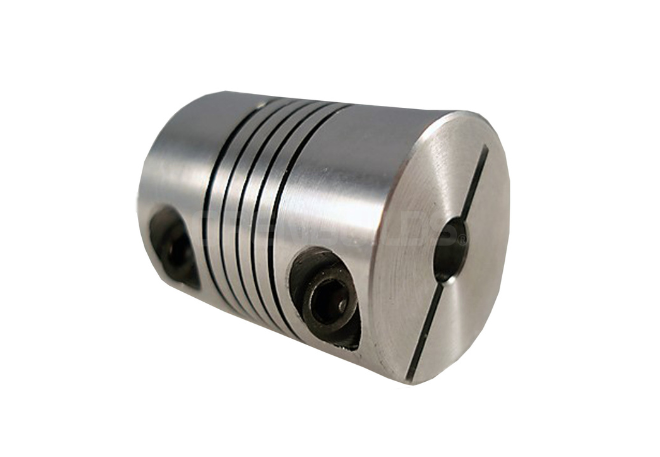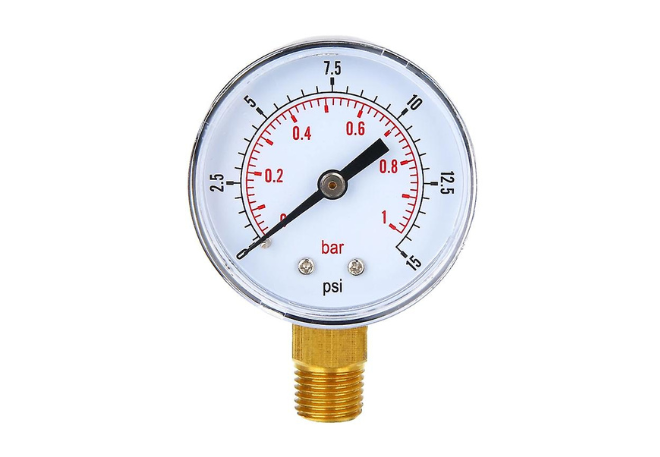The Essential Guide to Flexible Couplings
Flexible couplings are critical components in various mechanical systems, ensuring the smooth transfer of torque between two shafts that may not be perfectly aligned. These devices can accommodate different types of misalignment, including angular, parallel, and axial, ensuring optimal performance, reduced wear, and extended service life. This guide delves into the intricacies of flexible couplings explaining their importance, types, and selection criteria.
Understanding the Role of Flexible Couplings
Before delving into specifics, it's essential to understand
why these components are so critical. In any system where two shafts are
connected, there's a possibility of slight misalignments. These misalignments
can be due to manufacturing imperfections, thermal expansion, settling of
foundations, or operational factors. If unaddressed, they can lead to
vibrations, premature wear, and system failures.
Enter flexible couplings. These devices can:
- Compensate
for misalignments.
- Reduce
mechanical stress on connected components.
- Transfer
power efficiently between shafts.
- Minimize
the transmission of shock loads from one shaft to another.
Types of Flexible Couplings
The diverse range of applications and requirements has given birth to various types of flexible couplings. Here are some of the most commonly used ones:
- Elastomeric Couplings: Made of elastic materials such as rubber or polyurethane, these couplings can tolerate misalignment by flexing, twisting, or compressing. Examples include jaw couplings and tire couplings.
- Gear
Couplings: These consist of two hubs with external gear teeth that
mesh with a sleeve with internal gear teeth. They offer high torque
capacity and can compensate for angular, axial, and parallel misalignment.
- Diaphragm
Couplings: These use thin, flexible metal plates to transmit torque.
They're known for their torsional rigidity and can accommodate angular and
axial misalignments.
- Chain
Couplings: They function like a chain and sprocket mechanism. Two
sprockets are connected with a roller chain, allowing for flexibility and
misalignment adjustments.
- Disk
or Plate Couplings: These use thin, flexible metal plates to connect
the two shafts. They provide high torsional stiffness and can accommodate
angular and axial misalignment but have limited parallel misalignment
capabilities.
Selecting the Right Flexible Coupling
Choosing the appropriate coupling requires a clear understanding of the operational requirements and potential challenges. Here are some criteria to consider:
- Type of Misalignment: Determine the primary type of misalignment you're trying to accommodate. While some couplings are versatile, others excel in specific misalignment types.
- Torque
Requirements: The coupling must be capable of handling the system's
torque requirements without failing or deforming.
- RPM
and Performance Characteristics: Some couplings are better suited for
high-speed applications, while others may excel in low-speed, high-torque
scenarios.
- Environment:
Consider factors like exposure to chemicals, moisture, temperature
extremes, or abrasive materials. These can influence the choice of
materials and coupling types.
- Space
Constraints: The available space can limit the type and size of coupling
you can use.
- Ease
of Maintenance: Some couplings require regular maintenance and
inspection, while others are virtually maintenance-free.
- Budget:
As with any component, the cost can be a limiting factor. Weigh the
benefits of a pricier option against its potential long-term savings in
terms of reduced maintenance and increased lifespan.
Ensuring Longevity and Performance
After selecting the right coupling, proper installation and maintenance are vital:
- Installation: Always follow the manufacturer's guidelines. Proper alignment during installation is crucial, even for couplings designed to tolerate misalignment.
- Regular
Inspections: Over time, even the most durable components can wear out.
Regularly inspect for signs of wear, cracking, or deformation.
- Maintenance:
Depending on the coupling type, maintenance might involve lubrication,
tightening, or replacing worn-out parts.
Conclusion
Flexible couplings are the unsung heroes of many mechanical
systems, seamlessly bridging misaligned shafts and ensuring efficient power
transfer. By understanding their types and selection criteria, engineers and
technicians can ensure that their systems run smoothly, minimizing wear and
downtime. Proper installation and maintenance further ensure that these
components deliver optimal performance throughout their service life.




Comments
Post a Comment